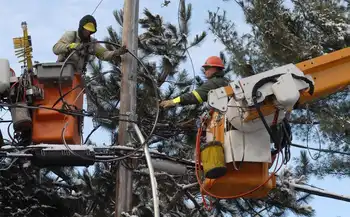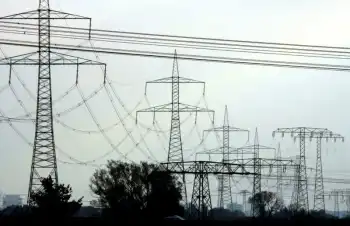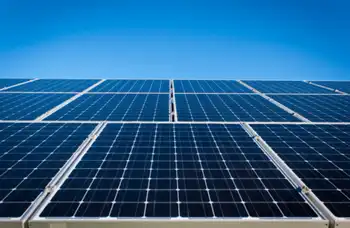Hydro-Québec will refund a total of $535 million to customers who were account holders in 2018 or 2019

Protective Relay Training - Basic
Our customized live online or in‑person group training can be delivered to your staff at your location.

- Live Online
- 12 hours Instructor-led
- Group Training Available
Hydro-Québec Bill 34 Refund issues $535M customer credits tied to electricity rates, consumption-based rebates, and variance accounts, averaging $60 per account and 2.49% of 2018-2019 usage, via bill credits or mailed cheques.
Key Points
A $535M credit refunding 2.49% of 2018-2019 usage to Hydro-Québec customers via bill credits or cheques.
✅ Applies to 2018-2019 consumption; average refund about $60.
✅ Current customers get bill credits; former customers receive cheques.
✅ Refund equals 2.49% of usage from variance accounts under prior rates.
Following the adoption of Bill 34 in December 2019, a total amount of $535 million will be refunded to customers who were Hydro-Québec account holders in 2018 or 2019. This amount was accumulated in variance accounts required under the previous rate system between January 1, 2018, and December 31, 2019.
If you are still a Hydro-Québec customer, a credit will be applied to your bill in the coming weeks, and improving billing layout clarity is a focus in some provinces as well. The amount will be indicated on your bill.
An average refund amount of $60. The refund amount is calculated based on the quantity of electricity that each customer consumed in 2018 and 2019. The refund will correspond to 2,49% of each customer's consumption between January 1, 2018, and December 31, 2019, for an average of approximately $60, while Ontario hydro rates are set to increase on Nov. 1.
The following chart provides an overview of the refund amount based on the type of home. Naturally, the number of occupants, electricity use habits and features of the home, such as insulation and energy efficiency, may have a significant impact on the amount of the refund, and in other provinces, oversight debates continue following a BC Hydro fund surplus revelation.
What if you were an account holder in 2018 or 2019 but you are no longer a Hydro-Québec customer?
People who were account holders in 2018 or 2019, but who are no longer Hydro-Québec customers will receive their credit by cheque, a lump sum credit approach seen elsewhere.
To receive their cheque, these people must get in touch to update their address in one of the following ways:
If they have a Hydro-Québec Customer Space and remember their access code, they can update their profile.
Anyone without a Customer Space or who doesn't remember their access code can fill out the Request for a credit form at the following address: www.hydroquebec.com/credit in which they can indicate the address where they wish to receive their cheque, where applicable.
Those who cannot send us their address online can call 514 385-7252 or 1 888 385-7252 to give it to a customer services representative, as utilities like Hydro One have moved to reconnect customers in some cases. Note that the process will take longer on the phone, especially if the call volume is high.
UPDATE: Hydro-Québec will be returning an additional $35 million to customers under the adoption of Bill 34, amid overcharging allegations reported elsewhere.
Energy Minister Jonatan Julien announced on Tuesday that the public utility will be refunding a total of $535 million to customers between January and April.
The legislation, which was passed in December, allows the Quebec government to take control of the rates charged for electricity in the province, including decisions on whether to seek a rate hike next year under the new framework.











